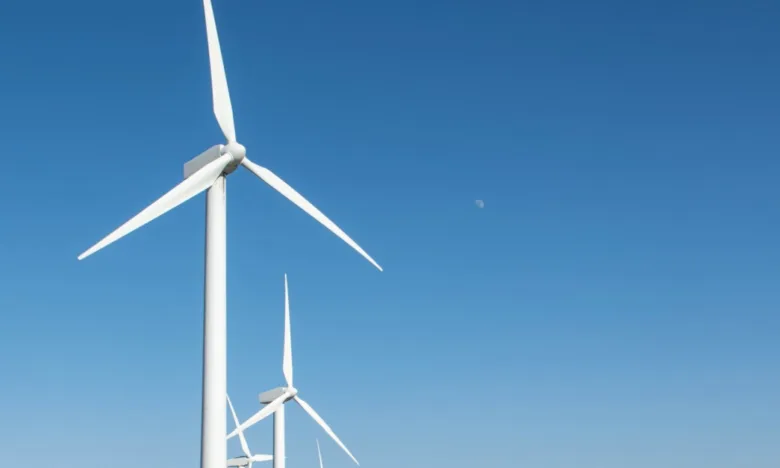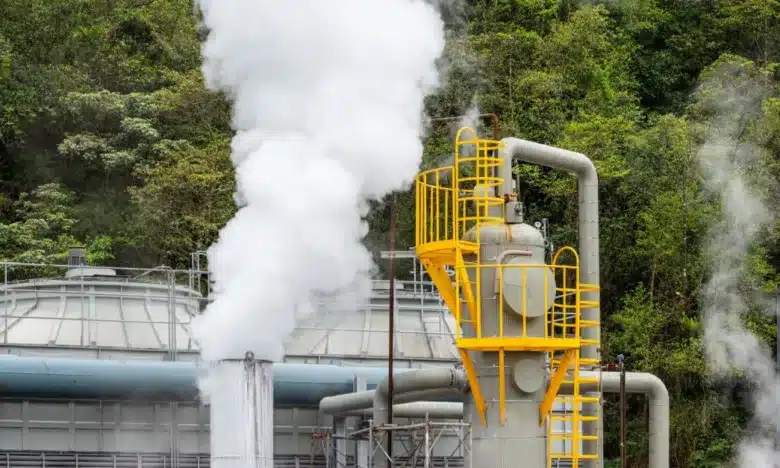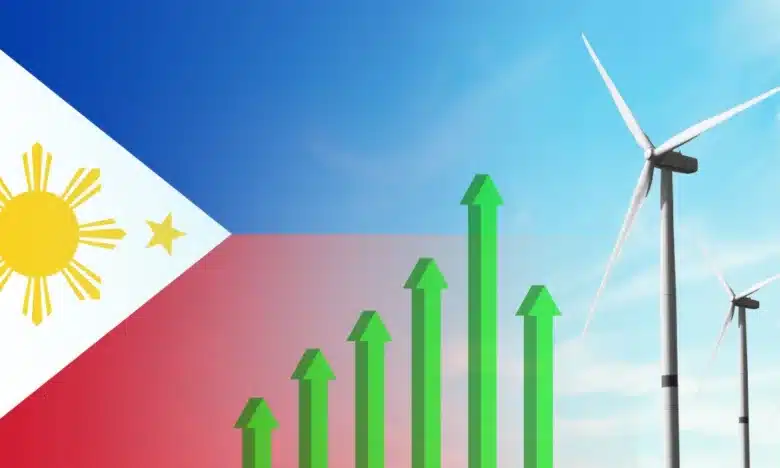
Success Stories from Countries Going Green
- July 24, 2025
As the world races to combat climate change and reduce reliance on fossil fuels, some countries are setting powerful examples of how renewable energy can be effectively implemented.
Learn more about three countries that are doing renewable energy right, proving that sustainability is not just possible, but achievable at scale.
Denmark: A Wind Power Leader
Denmark has a long history of innovation in wind energy. In 1891, Danish scientist Poul la Cour, widely recognized as the father of the modern wind turbine industry, pioneered practical applications of wind power in electrification.
Government support has played a key role in Denmark’s wind energy success. With the country being 90% dependent on imported oil, the 1970s oil crisis propelled Denmark to increase energy security by developing its wind industry.
Policies such as feed-in tariffs, which guarantee wind producers a stable price for their electricity, and incentives for community ownership helped boost public support and growth.
“Top-down government policy support and bottom-up grassroots experimentation” drove the development of Denmark’s wind energy sector. In 2024, wind power made up 56% of Denmark’s electricity mix—the highest share of any European country.
A global frontrunner in wind energy generation, Denmark’s success lies in its integrated approach, combining strong public policies, committed political leadership, and a forward-thinking private sector to create a blueprint for countries to scale wind power efficiently.
(Also read: The promise and pitfalls of wind power)
Costa Rica: Sustainability in Action
Costa Rica has one of the highest electrification rates in Latin America, and it has accomplished this while going green. In 2024, 94% of Costa Rica’s electricity was generated from renewables, a significant portion of which comes from hydropower.
Costa Rica’s abundant rivers and heavy annual rainfall have made hydropower the country’s primary source of renewable energy. Last year, hydropower made up 70% of the nation’s electricity production. The country’s mountainous terrain and network of rivers provide ideal conditions for hydroelectric development, helping power a cleaner energy future.
Since 1949, Costa Rica has taken a proactive approach by reallocating military spending—after abolishing its army—to expand electricity access, particularly through hydropower projects in rural areas. The energy sector is largely state-run, with private companies contributing to about one-third of operations, while the country remains welcoming to foreign investment.
Costa Rica’s long-standing commitment to sustainability has played a major role in attracting foreign investment, according to Laura López, CEO of the Trade & Investment Promotion Agency (PROCOMER). She emphasizes that this early focus on environmental responsibility has been a key factor in drawing global companies to the country.
In 2023 alone, Costa Rica welcomed 59 new multinational investment projects across various sectors, such as manufacturing, technology, and services. Foreign direct investment grew by a record 24%, with contributions from industries, ranging from medical devices to semiconductors.
“Sustainability has become a strategic advantage for Costa Rica,” says Adriana Acosta, Director of the country brand essential COSTA RICA. She notes that many businesses today seek environmentally responsible locations, and Costa Rica’s renewable energy grid is a major draw, especially for advanced manufacturing and semiconductor companies aiming to meet their sustainability targets.
Costa Rica shows us how even smaller economies can lead in renewables through a combination of natural resource utilization, environmental consciousness, and consistent government support.
(Also read: Powering the Future: Geothermal Energy’s Global and Local Rise)
China: The Renewable Energy Giant
It might seem surprising, but the world’s largest emitter of carbon dioxide is also leading the way in renewable energy. China currently accounts for nearly half of global wind and solar power capacity and is set to double its large-scale renewable installations, surpassing its 2030 goal of 1,200 gigawatts as early as 2025.
From 2015 to 2024, China consistently topped global renewable energy investment, reaching a peak of over USD 290 billion in 2024 and maintaining the largest annual share throughout the decade. In 2024, China accounted for 60% of all new renewable energy capacity added worldwide, leading global growth in clean power deployment.
The challenge now lies in translating that progress into substantial reductions in emissions. “China is making strides, but with coal still holding sway as the dominant power source, the country needs bolder advancements in energy storage and green technologies for a secure energy future,” said Martin Weil, Researcher at Global Energy Monitor.
After the COVID-19 pandemic, China redirected its economic strategy toward advanced, environmentally friendly industries. This shift centers on what are now known as the “new three” sectors: solar energy, electric vehicles, and battery technology. These industries have become major investment targets, driving China’s green growth and technological competitiveness on the global stage.
As China’s energy shift accelerates, advances in emerging technologies are set to do more than just support the transition—they’ll strengthen a positive feedback loop of green-driven growth, a “growing by greening” cycle. This momentum can help maintain strong policy support and drive the structural changes needed for a clean energy future.
“At its core, this transformation aims to promote innovation-driven industries such as advanced manufacturing and clean energy, while modernizing traditional sectors through digitalization and decarbonization,” said EMBER, a global energy think tank.
(Also read: The Full Price of Going Green)
Powerful Pathways: Strategies That Work
The experiences of Denmark, Costa Rica, and China reveal three vital lessons for a successful energy transition.
First, policy matters—clear, consistent government support and policies can kickstart and sustain clean energy growth. Second, indigenous renewable resources must be maximized through strategic planning; Costa Rica turned its rivers into a national asset through long-term vision and public investment.
Third, scale and innovation go hand in hand; China shows that rapid deployment, when paired with industrial innovation, can drive global progress.
These countries prove that while paths may differ, bold leadership, smart policy, and a commitment to sustainability are universal ingredients for a greener future.
Sources:
https://new.millsarchive.org/2022/02/17/poul-la-cour/
https://www.ebsco.com/research-starters/power-and-energy/denmark-and-energy-diversification
https://www.unescap.org/sites/default/files/16.%20CS-Denmark-renewable-energy-policies.pdf
https://www.iea.org/policies/17800-denmark-community-ownership-of-renewables
https://www.wri.org/update/sustained-portfolio-policies-have-transformed-denmarks-power-sector
https://ourworldindata.org/energy/country/costa-rica
https://www.trade.gov/market-intelligence/costa-ricas-renewable-energy
https://www.planete-energies.com/en/media/article/costa-rica-renewable-electricity-country
https://globalenergymonitor.org/wp-content/uploads/2023/06/GEM-RTTT-China-2023-report-English-1.pdf
https://www.ren21.net/gsr-2025/downloads/pdf/go/GSR_2025_GO_2025_Full_Report.pdf



